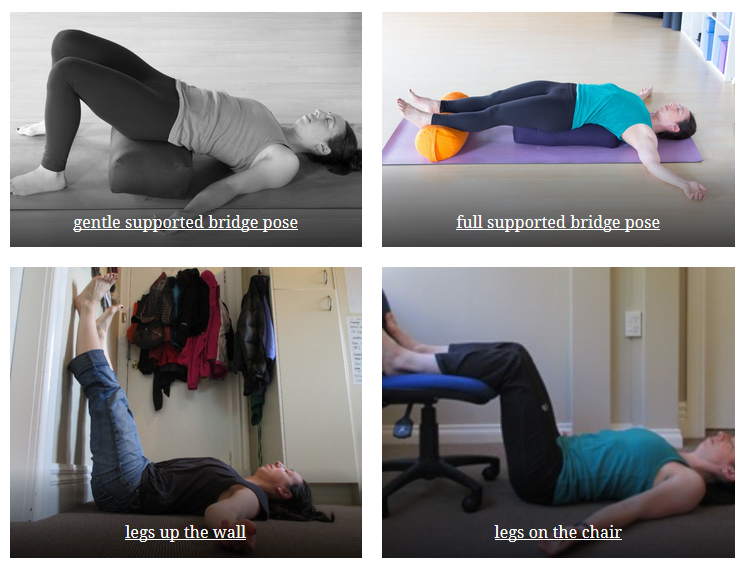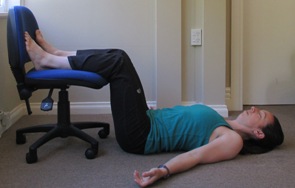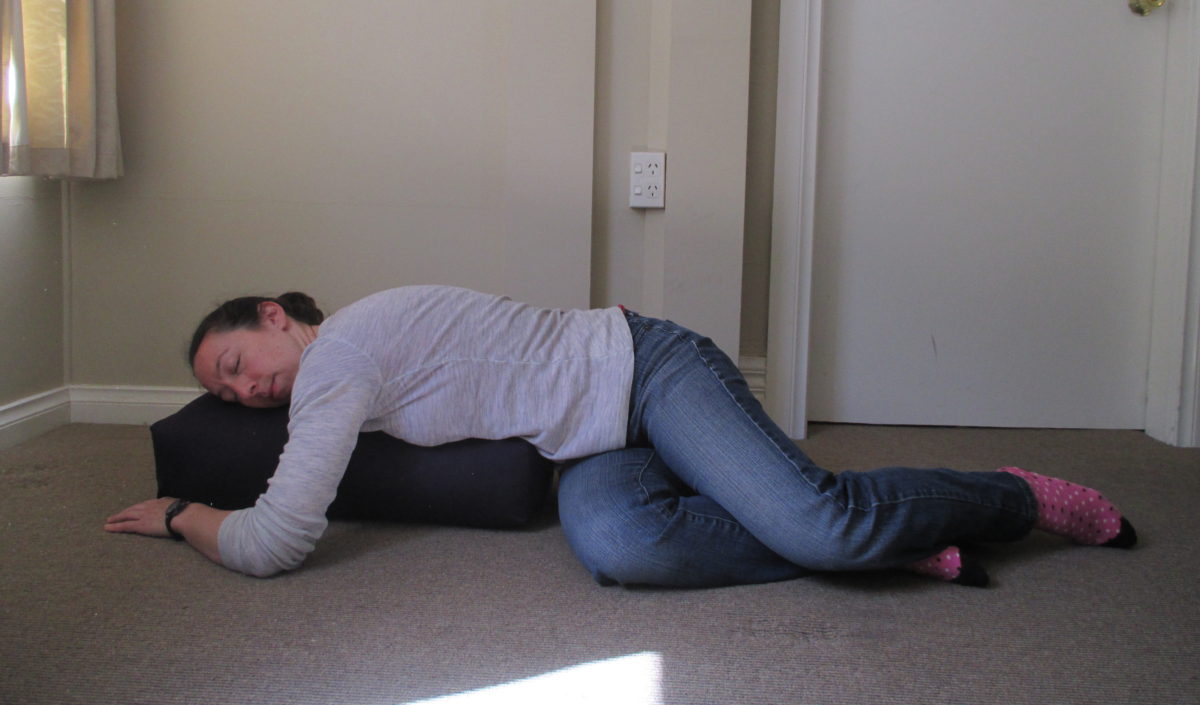It’s been quite a dramatic week in Wellington. With earthquakes, tsunamis, floods, closed roads, tornadoes, gale force winds and buildings closed, it’s hard not to feel overwhelmed.
All that stress can leave us feeling a chronic state of fight or flight. That feeling is a physiological response in the body triggered by the sympathetic nervous system.
It’s only meant to be a short term response to escape an emergency, but chronic stress can lead to a chronic overstimulated nervous system.
That means higher blood pressure, faster breathing, poor sleep, poor digestion, and feelings of anxiety and tension.
You can change the physiological response in your body by triggering the opposite, parasympathetic nervous system – often called the rest and digest response. Breathing practices, meditation and some yoga poses can cause that physical response in the body.
This week, I’ve being going straight to my favourite yoga pose for relaxing: legs up the wall.
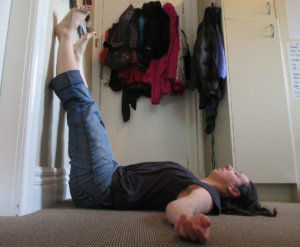
I know it looks unexciting and you might wonder why it’s relaxing. The change in blood flow due to gravity stimulates the hormones that trigger the parasympathetic nervous system causing your body to physically and mentally relax.
The essential factor is putting your legs up. You can do this at home or work. It doesn’t have to be a wall, you could just rest your legs on the sofa or a bed.
A few useful tips:
- To get in to the pose, sit with your right hip near the wall. Lay down on your side, roll to your back and swing your feet up the wall.
- It doesn’t matter how close your legs are to the wall. If your legs are tight, you may need to move away from the wall, put a pillow under your hips or try putting your legs on the sofa.
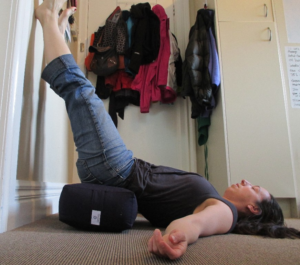
- Relax your legs and let them be apart.
- Opening your arms out to the side with palms up, can also help release tension in the neck, chest, shoulders and arms.
- However, if you feel very anxious, try resting your hands on your belly.
- If you feel very anxious, try draping a blanket over your feet and body. Extra weight on the body has a natural calming affect.
- If it’s hard to quiet your mind, listen to your favourite music or check out my restorative yoga playlist on Spotify.
- It may take up to 5 or even 10 minutes to notice the difference, or it might be 2 minutes. You can rest here for 20-30 minutes.
- When you come out of the pose, rest on your side for several minutes and take your time sitting up slowly.

